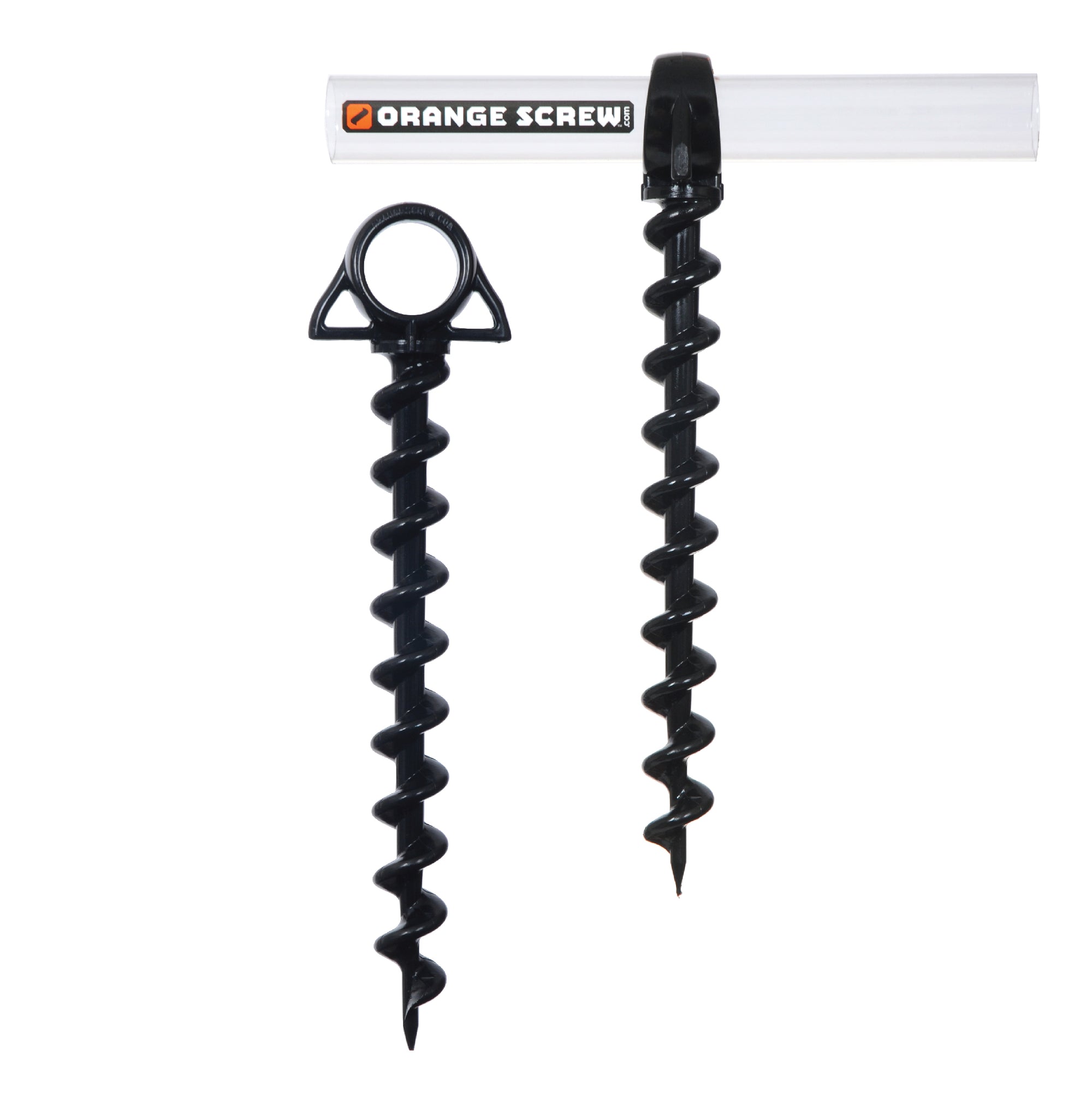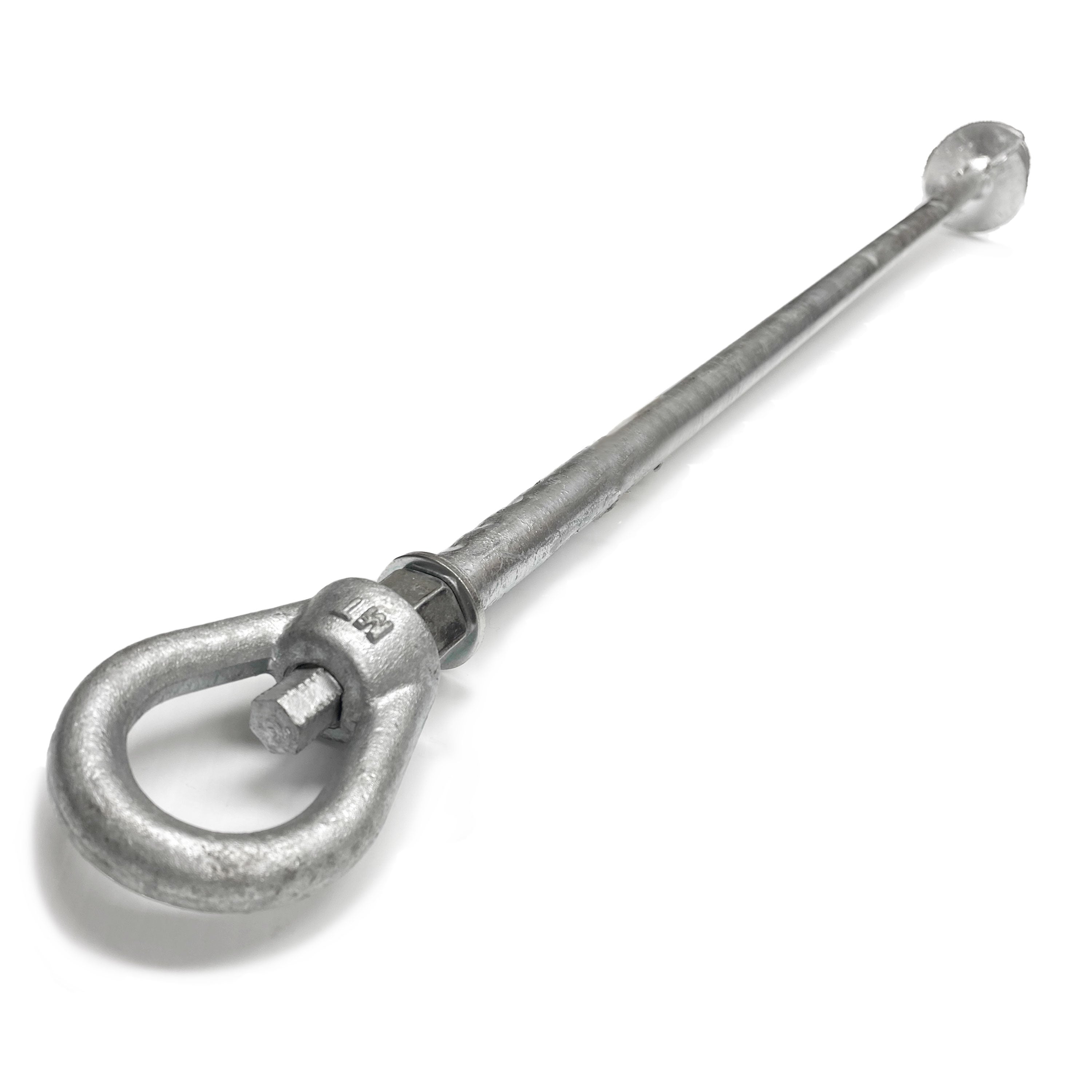How to Choose the Best Ground Anchor for Industrial Use
How to Choose the Best Ground Anchor for Industrial Use
Blog Article
Discover the Advantages of Utilizing Ground Anchor for Enhanced Security
Ground supports are essential to improving security across various applications, particularly in building and construction and outdoor occasions. Their ability to offer assistance against side forces makes them vital in testing soil problems, supplying a dependable option throughout severe weather situations. Furthermore, ground supports are developed to lessen ecological influence and installment costs, while fitting particular project requirements. As we explore the complex benefits of ground supports, an important concern develops: what variables should be considered when choosing one of the most suitable kind for your project?
What Are Ground Anchors?
Utilizing ingenious engineering options, ground anchors are specialized devices made to secure frameworks to the ground, offering security and assistance in various applications. These supports are normally embedded deep right into the soil and are utilized in a series of building and civil engineering tasks, including buildings, preserving walls, and bridges. By moving the load of a structure into the bordering planet, ground supports effectively combat forces such as tension, shear, and lateral tons.
Ground anchors can be found in numerous kinds, including passive and energetic systems - Ground Anchor. Easy anchors rely upon friction and the weight of the structure for stability, while active anchors make use of tension to boost their grip within the soil. Common products for ground supports consist of steel, which offers high tensile stamina, and artificial products, which can offer rust resistance in particular settings
The installation of ground anchors is a crucial action in ensuring the long-term resilience of frameworks. Appropriate layout and execution are vital to fit factors such as soil make-up, environmental problems, and lots demands. Because of this, ground anchors play a vital duty in preserving the honesty and security of design projects throughout diverse setups.
Key Advantages of Ground Anchors
Ground anchors use numerous essential advantages that improve the security and longevity of structures in numerous design applications. One of the primary advantages is their capability to provide additional support and resistance against side pressures, such as wind and seismic activity. This increased security is important for keeping the stability of frameworks, particularly in difficult atmospheres.
Moreover, ground anchors are flexible and can be utilized in a range of soil conditions and surface types. Their adaptability enables engineers to execute securing services tailored to particular job demands, making sure optimal efficiency. The setup of ground supports is normally much less invasive and requires very little excavation, minimizing the environmental impact and construction time.
The long-term efficiency of ground anchors can lead to lowered maintenance needs, further boosting their economic practicality. Jointly, these benefits placement ground anchors as a trusted service for improving architectural security in engineering jobs.
Applications in Construction
The versatility of ground supports makes them vital in numerous building and construction applications - Ground Anchor. These supports give necessary stablizing for structures, particularly in difficult check my reference dirt conditions or on sloped surfaces. They are typically made use of in maintaining wall surfaces, guaranteeing that these structures can endure lateral planet stress while avoiding dirt disintegration
In structure job, ground anchors are crucial for safeguarding short-lived frameworks, such as shoring systems, throughout excavation processes. By offering additional assistance, they aid maintain the stability of nearby structures and protect against ground activity. Ground anchors are utilized in the construction of bridges and towers, where they can absorb tensile loads and boost the total stability of the framework.
In addition, ground supports are integral in the installation of wind turbines, where they help anchor the wind turbine base against high winds and various other ecological tensions. Their flexibility allows for numerous designs, consisting of helical, driven, and grouted anchors, customized to specific site problems. Overall, the application of ground supports in building and construction not just enhances safety and security but also adds to the long life of frameworks, making them a basic element in contemporary engineering methods.
Enhancing Outside Occasion Stability
Guaranteeing security at outside events is critical for both safety and security and functional effectiveness. Ground anchors offer More Bonuses a dependable solution to safeguard momentary frameworks, such as tents, phases, and devices, versus negative weather condition problems and unexpected disruptions. By using ground supports, occasion coordinators can dramatically lower the danger of architectural failure, which can cause injuries and mishaps.
The implementation of ground anchors plays an essential duty in maintaining the stability of the occasion format. They can successfully stabilize canopies and outdoors tents, ensuring that they continue to be strongly in place throughout gusty problems. This not just protects guests however additionally maintains the equipment and materials within the occasion space.
Additionally, ground supports boost the overall visual of exterior occasions. By eliminating the requirement for bulky weights or additional assistances, they produce a cleaner, a lot more well organized appearance. This is especially crucial for top-level events where aesthetic presentation issues.
Picking the Right Ground Support
Picking the ideal ground support is crucial for accomplishing optimum stability and security at exterior occasions. Different elements have to be taken into consideration when making this option, consisting of soil kind, environmental problems, and the specific demands of the framework being anchored.
To start with, evaluate the dirt conditions where the support will be mounted. Sandy or loose dirt might need a different support type compared to clay or rough surface. For example, auger supports are efficient in loosened dirts, while deadman anchors give greater stability in stronger ground.


Next, examine the ecological conditions, such as wind tons, possible rainfall, and the general weather report - Ground Anchor. Greater wind rates necessitate more robust anchoring remedies to avoid activity or tipping of structures
Furthermore, think about the weight and elevation of the structures involved. Larger camping tents or covers will require heavier-duty supports compared to smaller configurations.
Conclusion
In conclusion, ground supports offer as an important remedy for enhancing stability across various applications. Ultimately, the fostering of ground anchors represents a sensible choice for achieving ideal stability in building and construction and exterior settings.

Report this page